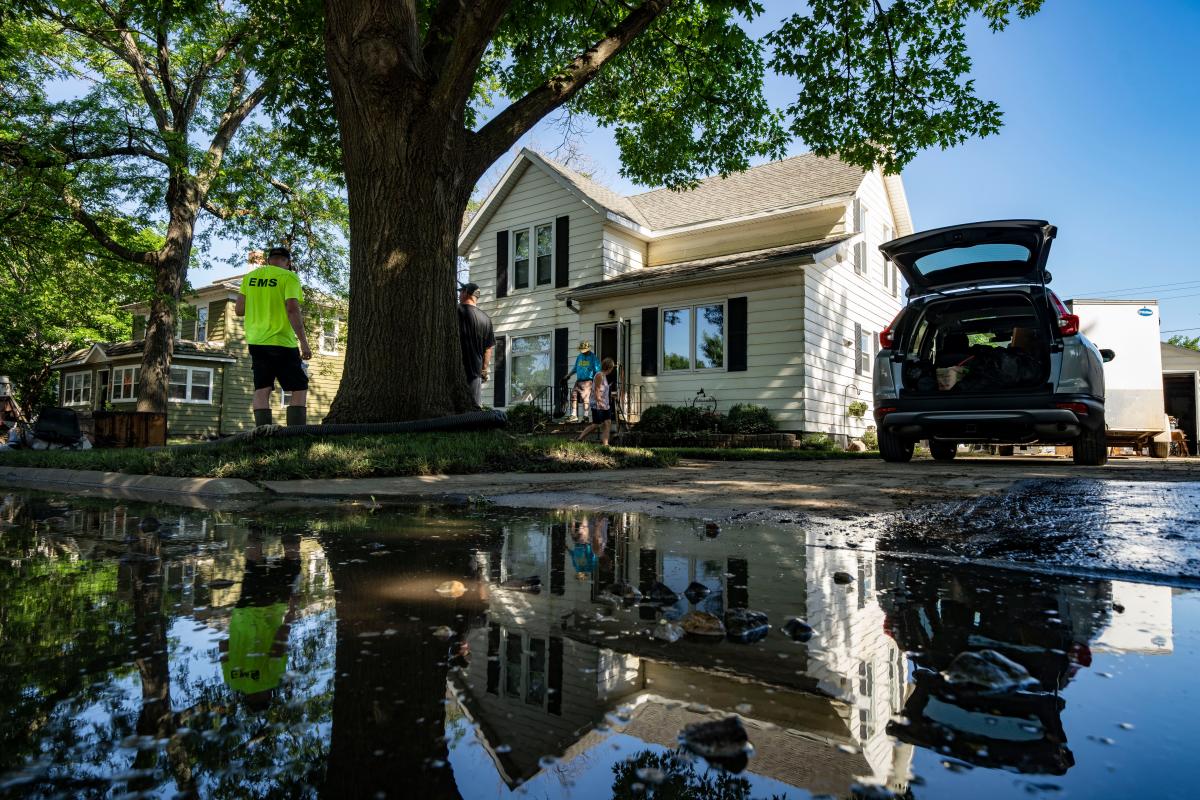By Will Dunham
WASHINGTON (Reuters) – Stars the size of our sun are not the most common in the Milky Way. Much smaller stars are much more common – and these are home to the galaxy’s rockiest planets, the type on which scientists search for worlds capable of supporting life.
New research provides insight into how planets form around these small stars, called very low mass stars (VLMS), showing how the chemistry of the disks of gas and dust that form the planets around them differs dramatically of these disks observed around stars like the sun. .
The James Webb Space Telescope collected data on a disk – protoplanetary – forming planets around a newborn star called ISO-ChaI 147. Its mass is about 11% of that of the sun, its diameter about 43% and its brightness of around 2%. %.
ISO-ChaI 147 is located approximately 625 light years from Earth. A light year is the distance light travels in a year, or 5.9 trillion miles (9.5 trillion km).
Webb’s observations showed that the gas present in this star’s protoplanetary disk – ingredients for future planets – is rich in carbon and has no trace of water vapor, unlike oxygen-rich gas and carbon dioxide vapor. abundant water in these disks around newborn sun-like stars.
Could this difference influence the future habitability of the rocky planets that form around these small stars?
“A planet mainly needs, among other things, water to be in a liquid state and to have a suitable atmosphere for it to be habitable,” said astrophysicist Aditya Arabhavi of the University of Groningen in the Netherlands, lead author of the study published Thursday in the journal Science.
“Although we can expect that the different environment of VLMS disks will have a strong influence on planetary composition and therefore habitability, it is difficult to predict whether this makes it less likely to be habitable,” said Arabhavi.
Stars form when dense clumps of interstellar gas and dust collapse under their own gravitational pull. Once a star emerges from the center of such a cloud, the remnants of matter form a swirling disk around it that fuels stellar growth and often gives rise to planets.
The disks around infant Sun-sized stars contain much more material than those around smaller stars, making these larger stars more likely to have gas giant planets around them, like the Sun has Jupiter and Saturn.
“These are the most common stars in our Milky Way,” astrophysicist and study co-author Thomas Henning of the Max Planck Institute for Astronomy in Germany said of very low-mass stars.
“These objects are currently targets in the search for rocky planets because they are easier to find around such stars. Additionally, the masses of their planet-forming disks are in general too small to form giant planets, but large enough to form rocky planets,” Henning said.
Scientists have already identified rocky planets orbiting very low-mass stars, some of which are in the “habitable zone” – an orbital distance from a star at which a planet can experience conditions suitable for…


